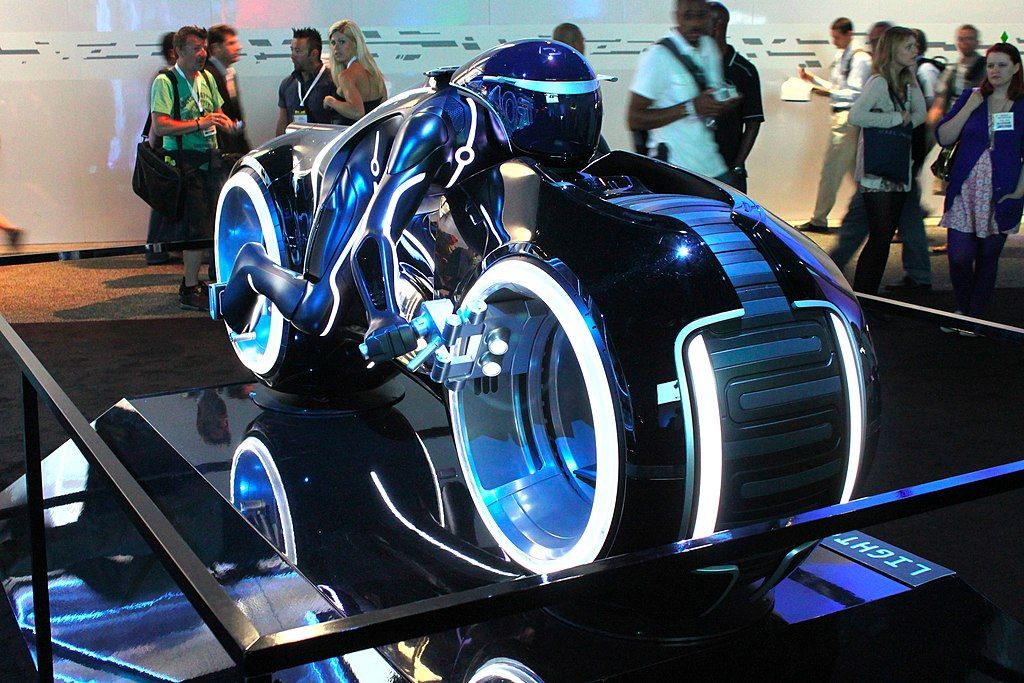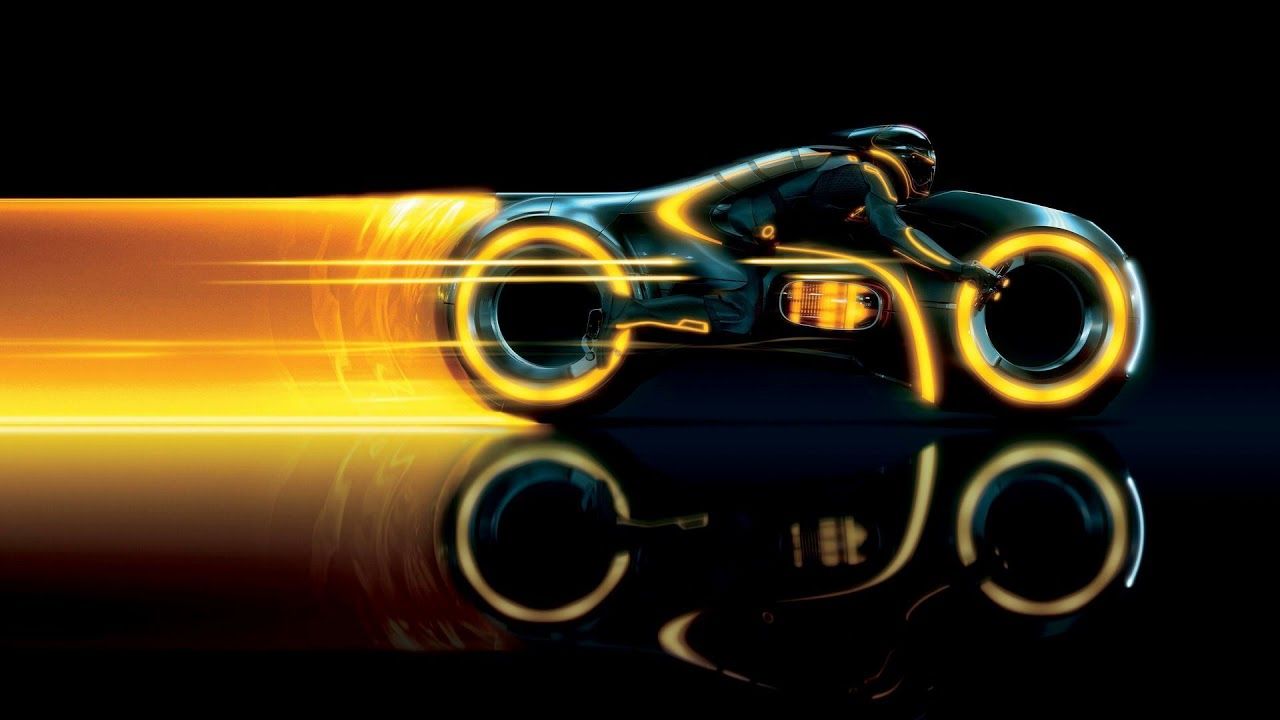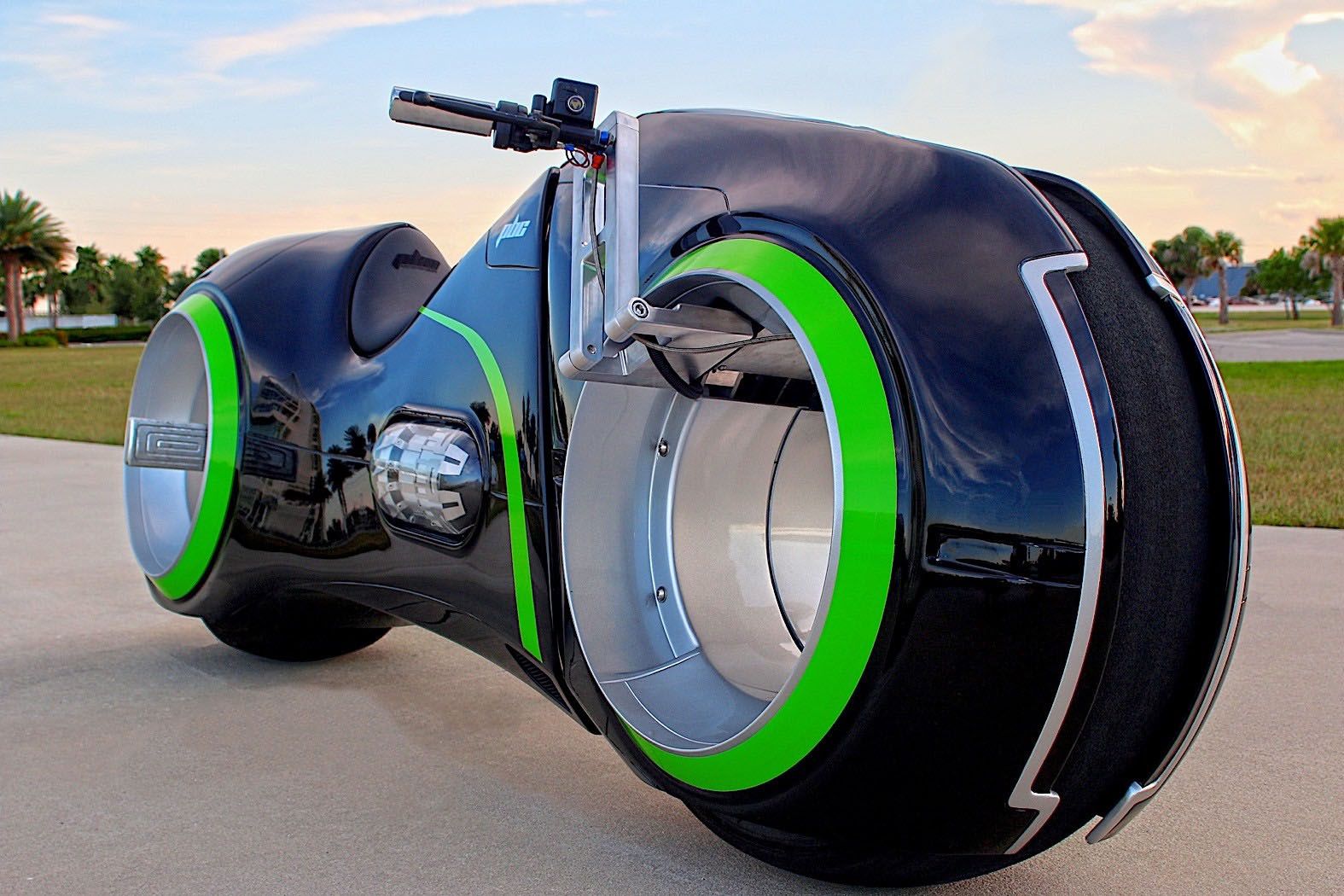Disney brought the Tron movie franchise back to our screens in 2010 with the futuristic sequel Tron: Legacy. One of the biggest questions before its release was how the filmmakers were going to adapt and modernize the legendary Light Cycles.
The original Tron was released in the 1980s, and the Light Cycles cast deadly 'jet walls' which destroyed anything that touched them. Tron: Legacy promised to be a sleek sequel to the Disney classic, and it didn't disappoint with the redesign of the Light Cycle.
The iconic movie motorcycle was given a brand new facelift, and it made anyone riding it infinitely cooler. In a movie revered for its style, the Light Cycles were the standout feature for the Disney sequel. As scary as it may seem, Tron: Legacy was released 11 years ago, and the time has flown.
Although they looked like something from the future, we're casting our minds back and remember the iconic Light Cycle from Tron: Legacy.
A Thing Of Beauty
With minimal hard lines and plenty of lighting, the Light Cycle was a work of art. The designers did an amazing job of creating something memorable, and the sci-fi motorcycle looked the part. It seemed to combine a motorcycle with a jet engine as it absorbed its riders into the smooth and glossy machine.
The Light Cycle was powered by liquid energy, and it retained the iconic jet walls from the original movie, but with a slight difference. Instead of a constant stream of jet wall behind it, the 5th-generation Light Cycle produces light ribbons that can be turned on or off by the rider.
Technical Details Of The Light Cycle
In Tron: Legacy, the Light Cycle we see is the fifth generation, and there are plenty of differences between it and the first-generation we see in the original Tron. For starters, the Light Cycle resembles more of a real-life motorcycle, and unlike the original, the front and rear wheels are the same sizes.
If the person riding the newest Light Cycle wants to increase its speed, they can transform it by lengthening the distance between both wheels. The process of lengthening the Light Cycle exposed the engine, which was a nice added touch.
These Light Cycles might look similar to real-world motorcycles, but there is a major difference; the steering. The front wheel is locked forward, so steering is an added challenge. To steer the 5th-generation Light Cycle, the rider has to lean the bike from side to side rather than turning the handlebars. Just like a motorcycle racing simulator you might find at an old arcade.
Hitching A Ride
One of the coolest features of the Light Cycle from Tron: Legacy is how riders get onto it in the first place. When not in use, the Light Cycle pretty much folds away and fits right in your pocket.
These bikes are generated from a baton, which splits in two. The bike is created by forming a light cycle from one half of the baton. The other half of the baton acts as the handlebars.
As the Light Cycle appears from thin air, riders typically have to take a leap of faith to get onto it. They jump and assume the riding position while waiting for the Light Cycle to materialize underneath them.
A Different Type Of Light Cycle
The common Light Cycle found in Tron: Legacy is illuminated by blue lights, but there is one special bike in the film that is different. This is ridden by Clu, played by Jeff Bridges, and his bike has amber light details.
Clu's bike not only looks different, but it is faster than the standard Light Cycle, and its special programming grants it better-attacking capabilities. Besides the lights, Clu's special Light Cycle can be distinguished by its horizontal headlights and small spoiler at the back.
Creating The Light Cycle For The Real World
When Tron: Legacy hit our screens in 2010, it immediately became one of the most stylish movies ever made. With a soundtrack from Daft Punk and a super futuristic setting, people bought into the fictional world in a big way.
The Light Cycle was a huge hit from the movie, and it didn't take long for people to dream of riding their own version of this instant movie classic. However, no full vehicles were built for the film, and much of what we see is through CGI, models, or clever camera work.
A life-size model of the Hero Light Cycle was only built after filming for Tron: Legacy had wrapped. This model was built as a surprise feature for fans at the 2009 ComiCon. That wasn't enough for some, and they wanted to see the Light Cycle come to life.
Not only was this creation real, but it was even street legal so riders could feel like they were in a virtual reality world of their own. Many custom fabricators started bringing this screen icon to life, including Parker Brothers Concepts.
Parker Brothers call it the Neutron, and standard models start at $55,000. According to the Parker Brothers website, there is still one silver-edition Neutron for sale, but it'll cost a cool $65,000 to call it your own.
The Man Behind The Tron: Legacy Light Cycle
Daniel Simon was the designer responsible for the creation of the 5th-generation Light Cycle. The German designer creates concept cars for existing brands and has also contributed vehicle designs to the sci-fi movie Oblivion and Mass Effect video game franchise.
Having impressed everyone at Disney through his eye for futuristic details, Simon was brought on as a concept designer for 2015's Star Wars reboot. He has even been used as a design consultant to SpaceX and the lead vehicle designer for the Captain America feature film.




